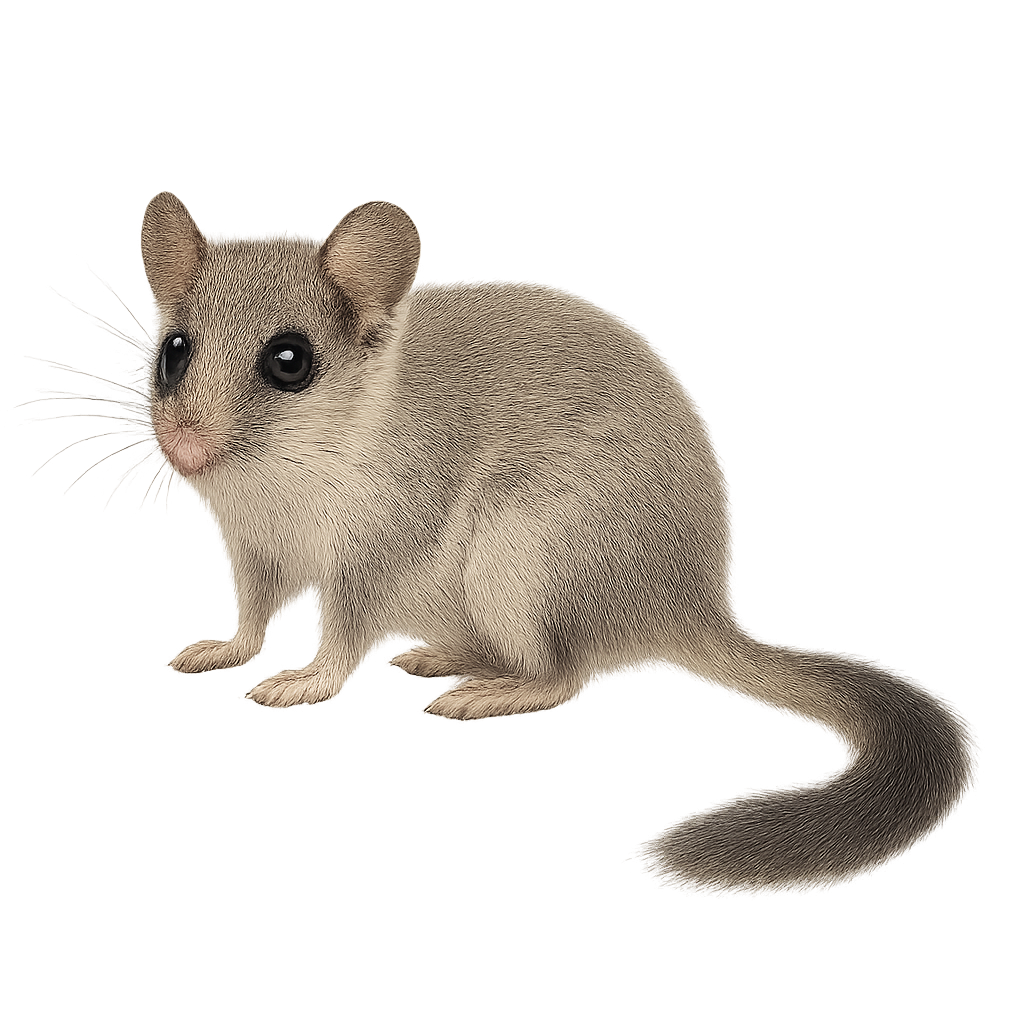Observe and photograph a species in its natural habitat
Learn where and when to observe a species in the wild, how to recognize it in the field, and what habitats it lives in. Get photography tips adapted to its behavior and capture stunning images without disturbing the animal. For full details, open the complete profile in the WildlifePhotographer app.
Eurasian Forest Dormouse
Scientific name: Dryomys nitedula

IUCN Status: Least Concern
Family: GLIRIDAE
Group: Mammals
Shyness: Suspicious
Safe distance: 10 m
Breeding season / Courtship: 15.03-15.06
Gestation: 25-30 jours
Births: 01.04-31.08
Habitat:
Forests, woodlands, and hedgerows
Description:
The Garden Dormouse is a small nocturnal rodent, often compared to a miniature squirrel, found primarily in Europe and Asia. It measures about 20 cm in length, with a tail of around 12 cm, and weighs between 100 and 150 g. Its coat is typically light gray or brown, with a dark line running from its eyes to its back and a lighter area on its belly. The Garden Dormouse is primarily nocturnal and arboreal, feeding on fruits, nuts, seeds, as well as small insects and larvae. It is an excellent climber and takes refuge in trees or crevices to sleep during the day. This rodent is a hibernator, retreating into its nest in the fall to survive the winter, which is essential for its survival in the cold. Although the Garden Dormouse is protected in some areas, it is threatened by deforestation and the reduction of its natural habitat.
Recommended lens:
>=400 mm
Photography tips:
Use a telephoto lens to photograph from a distance, respecting the species' discreet nature.
Photograph early in the morning or late in the afternoon, when the soft light enhances the dormouse's fur, especially around its head and ears.
Look for it in wooded habitats such as forests, orchards, and abandoned buildings, where it often hides in natural or artificial nests.
Be patient and discreet to avoid disturbing its natural behavior. The dormouse is primarily nocturnal, so be especially quiet during evening or early morning shots.
The Edible Dormouse is listed as near threatened by the IUCN. While it is protected in some regions, it is essential to respect its environment and minimize disturbances, particularly during the breeding period.
Ready to take action?
Choose your platform and start your free trial today



